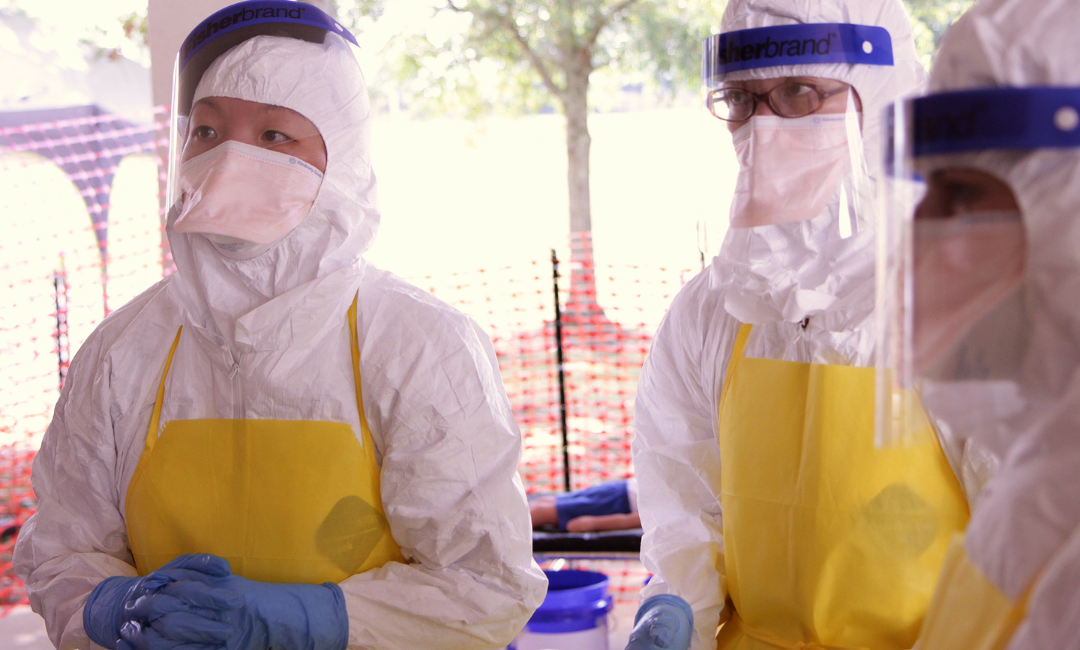3. Expanding Programs Across State Lines
One Utah university continues to stretch beyond its borders to draw students into its nursing programs.
Joyce University of Nursing and Health Sciences now offers its hybrid nursing program to Nevada residents – its latest expansion since 2021. The university also offers the hybrid curriculum in Colorado, Arizona, Missouri, and New Mexico, according to a news release.
“Our clinical partnerships across the United States enable us to secure great clinical opportunities for students right where they live, reducing travel costs and strengthening ties to their local communities,” Mykel Winter, Joyce University’s Associate Dean of Nursing, said in the release. “The only time students travel to Utah is for the incredible opportunity to gain hands-on experience in our high-tech, high-touch immersive skills lab, the Joyce Johnson Center of Simulation.”
4. Legislative Assists
Recently passed legislation in Arizona has allowed the state to establish the Nurse Education Investment Pilot Program. As a result, the Maricopa Community College District can “equitably allocate money among the eight nursing programs” in its system, according to MCC Chancellor Dr. Steven Gonzales.
The college district will be able to hire 26 faculty and support staff; expand and renovate classrooms; and purchase supplies and lab equipment, he said.
“It’s clear that the future of our health care system depends on having more skilled professionals enter the market,” Gonzales said. “As Arizona’s top provider of workforce training, Maricopa County Community College District is a pipeline for the nursing profession.”
He said he anticipated the system will produce more than 5,000 nursing gradates “at all levels.”
“The Nurse Education Investment Pilot Program is undoubtedly a step in the right direction; however, more innovative solutions are needed to mitigate the burden on Arizona’s strained health care system,” Gonzales said. “It is crucial to the future of Arizona’s healthcare system to have enough skilled nursing professionals for many years to come.”
Actions like this are in line with the American Nurses Association’s legislative priorities, which include expanding the nursing workforce pipeline.
5. Establishing New Programs
Other universities have opted to create new programs to recruit students to the nursing industry. West Virginia University Medicine Center for Nursing Education, for example, will soon offer a 21-month program that prepares students for licensure tests.
“We want to remove all of the barriers for folks to do that,” WVU Medicine President and CEO Albert Wright said on MetroNews “Talkline.” “Cover all the tuition and all of the books, so we really try to increase the number of people who maybe never thought about going into health care or maybe never thought about getting a health care-related degree.”
The program will focus on clinical practice rather than “non-clinical academic course work,” Wright said.









